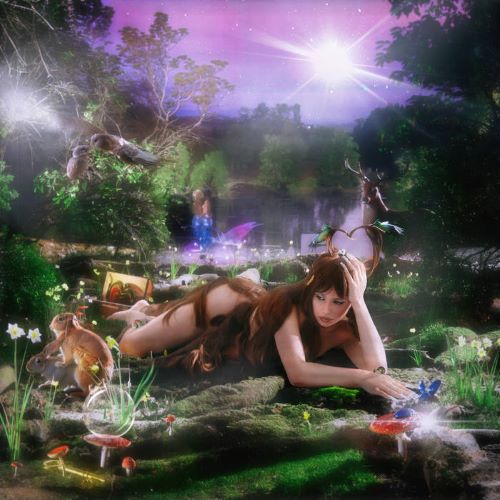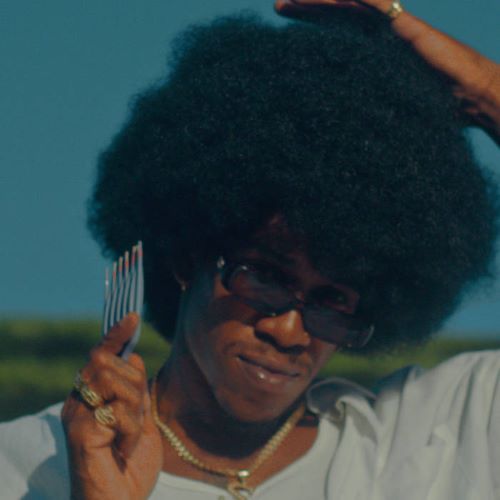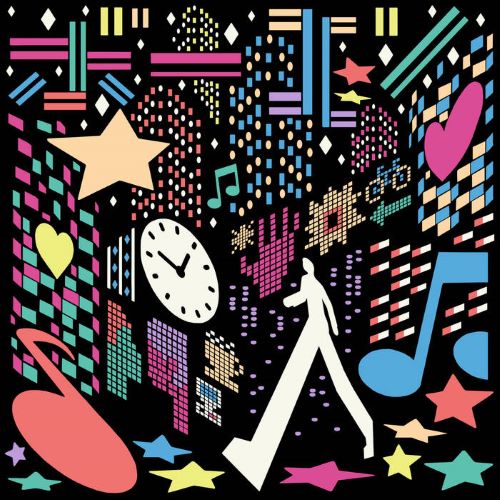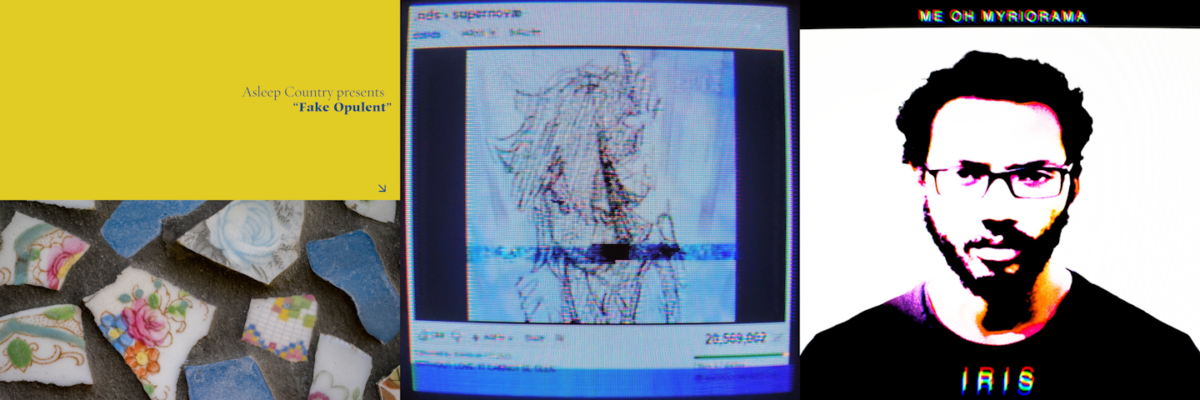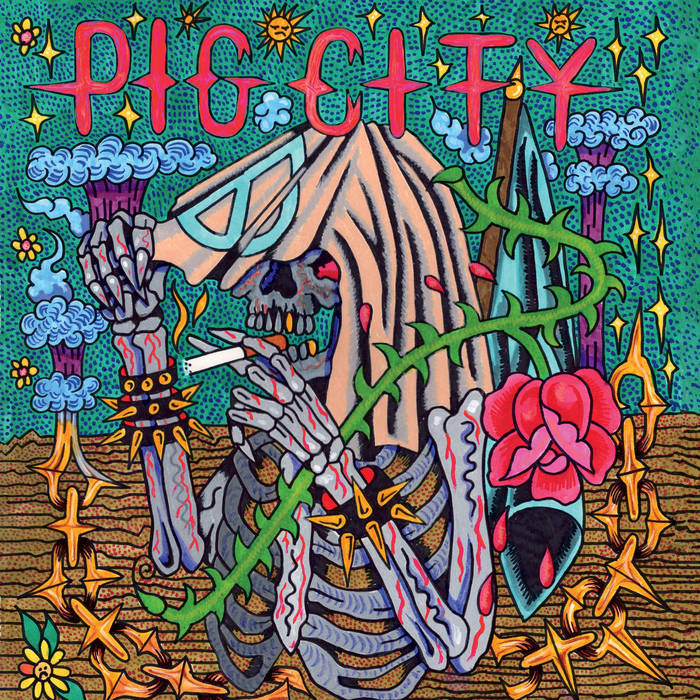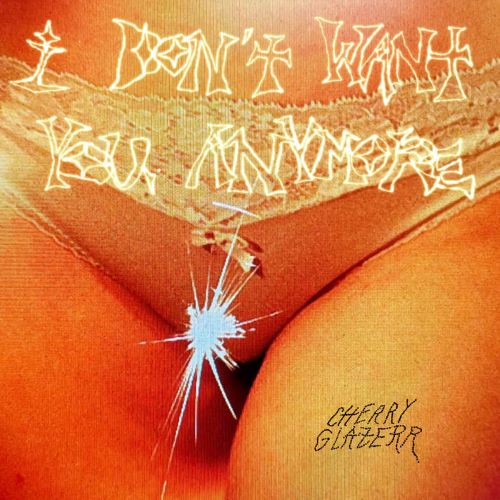Something within me *clicks* with Pig City’s newest release “Pig City”. It’s inspired me to deviate from the normal way I write my album reviews. I’ve done a few odd approaches the past couple months on album reviews, but I aim to make this one my strangest.
Pig City is a queer hardcore crust band hailing from Arizona and releasing music through To Live A Lie Records right here in Raleigh. The album is definitely FCC explicit so cover your ears if you dislike curse words. This album was released on September 15, 2023.
Each track is followed by a block of text that relates to the subject matter and energy of the songs above it. It might help to listen to the music while you read if that is something you can do.
We’ve made it easy to reduce things down to our specific little categories, but I feel critics have forgotten how to expand upon the meaning of a piece of worthy art. We shelve it away into musty cabinets on bookshelves becoming overladen with garbage. It makes your blood boil, doesn’t it? F*** your bookshelf. Break it. Burn it. Listen to this drum beat. Listen to these screams. Scream along with Pig City. “Where you gonna go?” (last line of “Modern Life I”).
I’m taking apart my room. Shred it. Piece by piece and examining every micrometer because I wanna find out why nothing is where it was supposed to be. Books were in places, but they didn’t fit there. Tear out the pages, glue them in different orders. Make it into the right kind of meaningful pattern. Burn this one, trash that one. Put them into place.
On my roof now. It’s night. The cold gusts clip my ears and draws blood from my body. Drink a beer. Share it with critters running over numb legs. I can’t see my hands. Can’t feel them, but I see the moon and she calls out to take another sip and…
Awake. My head hurts. The world is upside down. It’s always been like this. Hasn’t it? Prolly gonna puke. My leg’s caught in the power line running from my house to the street. I’m hanging from the roof. Rip the leg free. Fall to the ground. It hurts, but not as much as my head. Spinning, standing and spinning. Beer can. It’s half full on the dirt covered sidewalk. I crush it under my boot. Metal succumbed to me. To my weight. I’m bigger than anything around me. I can do what I need to.
There’s a corpse rolled up the living room rug. Not gonna deal with that now. Bloated and blue – it’s not mine or anybody’s. Figment of the draining hangover. Not going to deal with it, I said. I want coffee. The strongest there is. All that acid and bitters draining from pot to cup to mouth and… now I can focus on the corpse in my living room.
You’d think this would fast track my day. A body in the living room. A hangover and falling from the roof. The day is slow. Nothing moves. Me, my coffee, a corpse. All of us act as if we’ve got all the time in the world to sit still. Sure, I’ve got work this morning. I’ll get there when I get there. Bossman can’t believe the things I’ve been through. Boss – Corpse. They are one in the same. A dead man whipping away at our backs to make us efficient. I finish my coffee and shower.
Hot showers are for suckers. Cold beams of water open eyes better than any coffee, Redbull or Monster Energy. In a shower, it’s just me and the droning of water against tub or against shower curtain or against body. A fshthh, kftdd, or bmbbmmm kind of sound, respectively. You can think up thousands of things in a shower. Like what to do with a body or how much effort I need to put into cleaning my destroyed room.
Thoughts wash away. It’s nice, empty isolation. Bare-nakedness keeps me raw and vulnerable to only myself. I’m not going to do a thing about the body, about my job, about my room. Leave it all as a masterpiece. Keep on living.
###
I know I didn’t actually talk about Pig City’s skills or literal sounds, but the point of this article was to explain their energy, effort, and artistry by using it as inspiration to create.
Yard bird tastes like fried toad,
Ben

